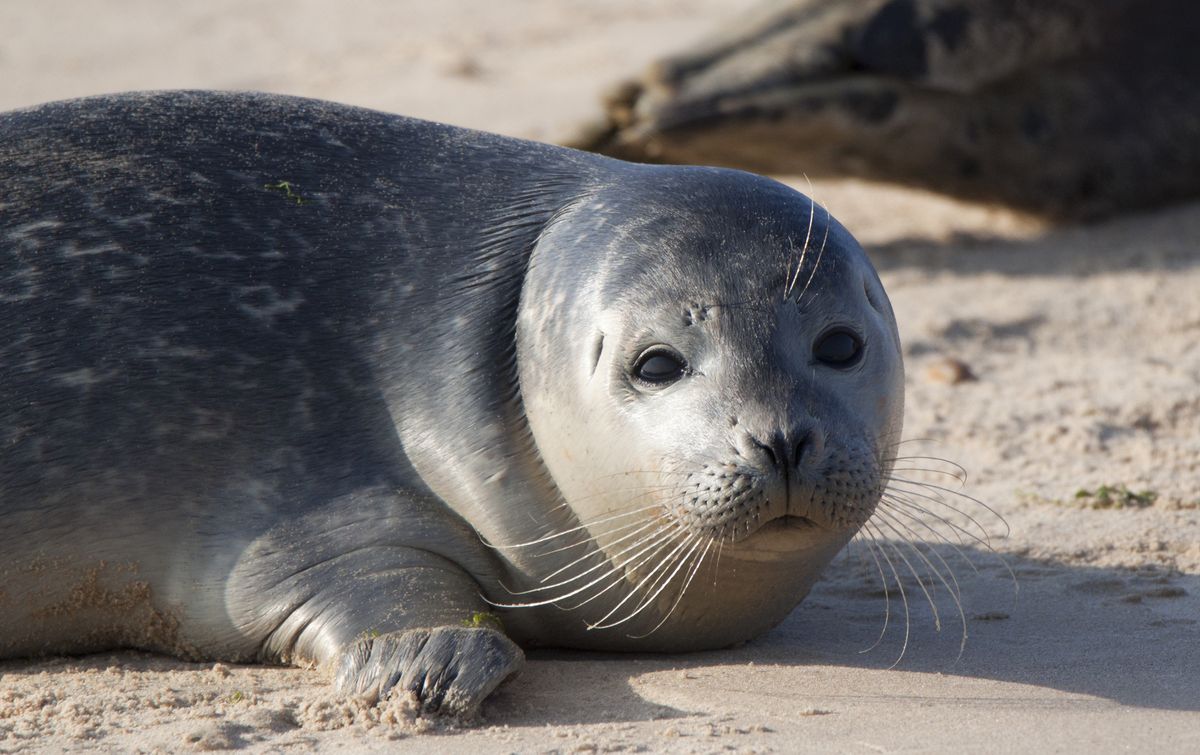Genetic analysis revealed a single mutation in the avian influenza strain known as H5N8, which could allow the virus to fly from birds to mammals, the authors said. However, the mutation itself is not strongly associated with human transmission, and the authors determined that the strain in this case does not appear to pose a risk of transmission to humans. In addition, no human cases were identified in relation to development.
Nonetheless, “genetic analysis did not show an increased risk of human transmission by the H5N8 virus in this outbreak, but studies show that these viruses can pose an unexpected and serious health risk to mammalian species. “It shows,” the authors wrote in a report released on October 13.In the journal Emerging infectious diseases
Related: 11 (sometimes) deadly illnesses that jumped over species
The avian influenza virus is adapted to birds and does not easily spread to other animals, including humans. However, in rare cases, certain strains of bird flu are known to infect humans. These strains include H5N1, H7N9, H5N6, and more recently, H5N8, which was first reported in humans in February 2021 among workers in Russian poultry factories. Live science previously reported
Some bird flu strains are also known to infect other animals such as pigs, cats, horses, dogs and ferrets. Iowa State University
Outbreaks in the UK are five mute swans (Mute swan ) Will be brought to a wildlife rehabilitation center to care for sick, injured or orphaned wildlife in October and November 2020, according to a report from researchers at the British Agency for Animal and Plant Health (APHA). You got me. Like all animals admitted to the center, birds were first housed in a quarantine unit. The swan suddenly weakened between 25 and 29 November 2020 and recovered steadily until his death, the report said.
About a week later, from December 5th to December 6th, 2020, four common seals (Phoca vitulina), Gray seal (Gray seal ) And red fox Vulpes vulpes ) I got sick at the facility and died. Seals and foxes were housed in the quarantine unit at the same time as the swans, but each species had its own individual cube. Before the animals died, the seals had seizures and the foxes developed weakness and loss of appetite, the report said.
All five swans tested positive for H5N8, but the other birds in the center were unaffected. Researchers initially did not believe that seal and fox deaths were associated with swan deaths.But a few weeks later, researchers were surprised to examine animal tissue — samples from three seals and foxes, including samples from animals. brain lung
The sequence of the H5N8 strain infected with swan is 99.9% similar to the sequence of the strain infected with seals and foxes, which means that swan is likely to have been the source of infection for other animals. The authors concluded that infections from swans to other animals were most likely caused by contact with air or contaminated objects.
The exact reason why this avian influenza virus strain jumped over the species and caused such a serious illness in mammals is unknown. A mutation called D701N found in seal and fox-infected strains is also found in other cases of avian influenza-infected mammals. However, the mutation alone is not believed to increase the risk of bird-to-mammalian influenza transmission, the authors said.
The authors also note that seals and foxes had an underlying condition that could make them more susceptible to infections. Some of the seals were parasitic infections called paragonimiasis, and the fox was malnourished and had mange.
The report says, “Cross-species transmission. [of H5N8] It can happen if conditions permit, “but the risk to humans remains low. A separate report from APHA
Center staff were not evaluated for bird flu at the time of the outbreak, as authorities did not detect H5N8 infection in mammals until weeks after the animal died. However, because it occurred during a COVID-19 pandemic, staff monitored themselves for flu-like symptoms consistent with COVID-19 and also wore an N95 mask. No staff illness has been reported.
In the months following the outbreak, no further cases of H5N8 or abnormal illness and death were seen in the center animals.
Across the UK, 26 cases of bird flu were reported in poultry and wild birds between November 2020 and March 2021, but on September 3, 2021, the country declared no cases of bird flu.
Originally published in Live Science.







No comments:
Post a Comment